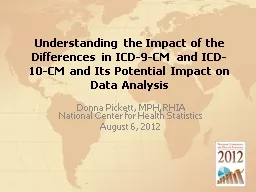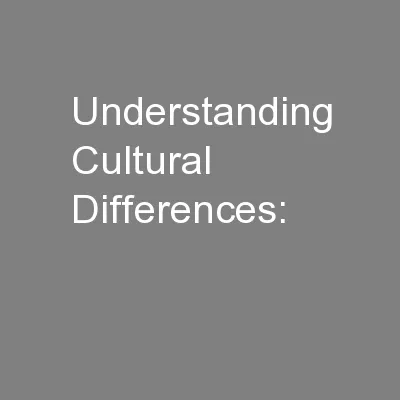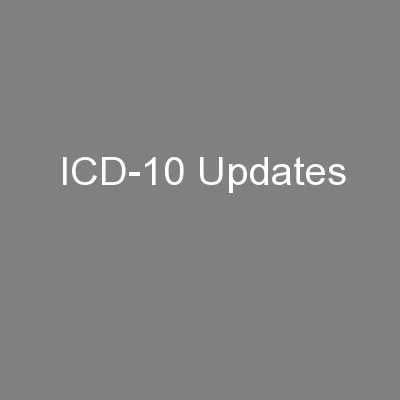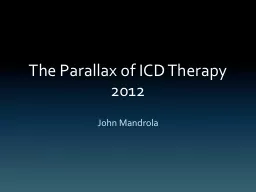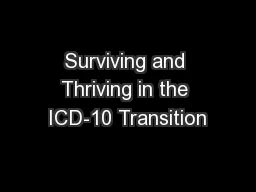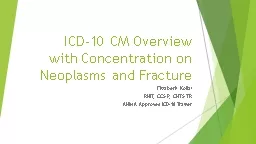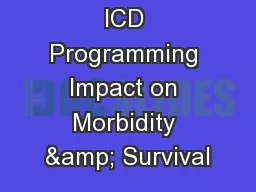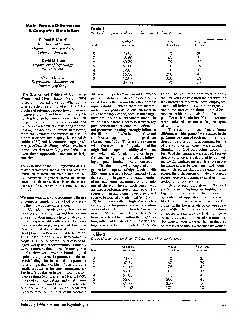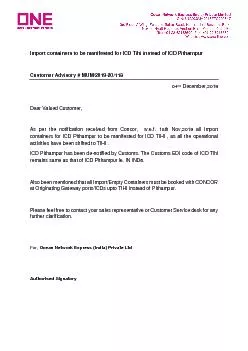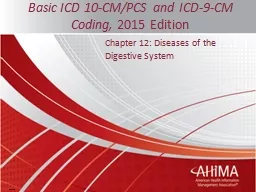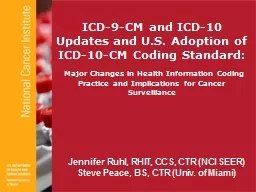PPT-Understanding the Impact of the Differences in ICD-9-CM and ICD-10-CM and Its Potential
Author : faustina-dinatale | Published Date : 2018-09-24
Donna Pickett MPH RHIA National Center for Health Statistics August 6 2012 Overview History of ICD Overview of ICD10 Overview of ICD10CM DevelopmentTesting Benefits
Presentation Embed Code
Download Presentation
Download Presentation The PPT/PDF document "Understanding the Impact of the Differen..." is the property of its rightful owner. Permission is granted to download and print the materials on this website for personal, non-commercial use only, and to display it on your personal computer provided you do not modify the materials and that you retain all copyright notices contained in the materials. By downloading content from our website, you accept the terms of this agreement.
Understanding the Impact of the Differences in ICD-9-CM and ICD-10-CM and Its Potential: Transcript
Download Rules Of Document
"Understanding the Impact of the Differences in ICD-9-CM and ICD-10-CM and Its Potential"The content belongs to its owner. You may download and print it for personal use, without modification, and keep all copyright notices. By downloading, you agree to these terms.
Related Documents

